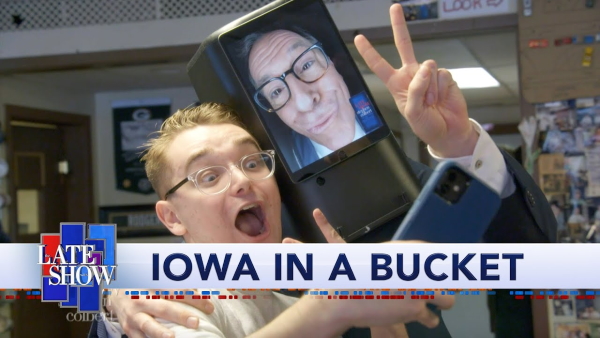[This story explains how one company developed and is implementing the use of VR and presence to train drivers of trucks that carry hazardous and other materials to prepare them to deal with dangerous but rare situations. It’s from CCJ (Commercial Carrier Journal), where it includes a second image; Forbes has a related story. –Matthew]

Innovators: Trimac Transportation removes real-world dangers through virtual reality training
Jason Cannon
January 15, 2020
CCJ Innovators profiles carriers and fleets that have found innovative ways to overcome trucking’s challenges.
The difficulty in learning how to deal with dangerous situations is fairly clear. It’s hard to get hands-on real-world experience without exposing your mortality.
That’s why in 2018, Calgary, Alberta-based Trimac Transportation (CCJ Top 250, No. 66), a bulk carrier operating throughout the United States and Canada, left the real world for the virtual world in an effort to train its drivers on real problems without the threat of real ramifications.… read more. “Trucking company removes real-world dangers by training drivers with VR and presence”



